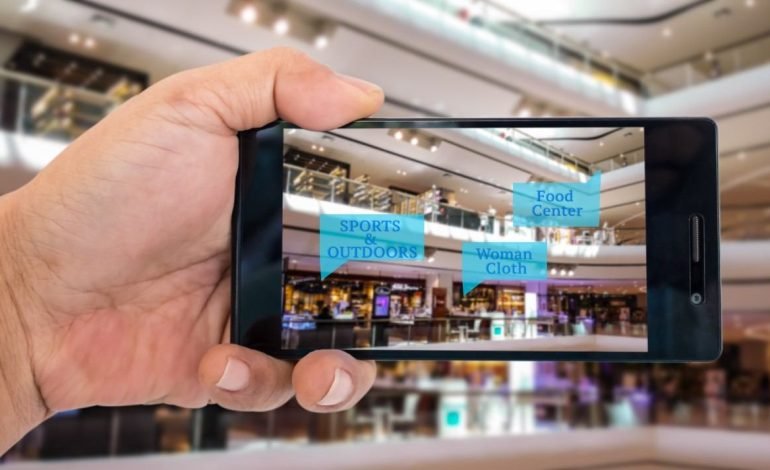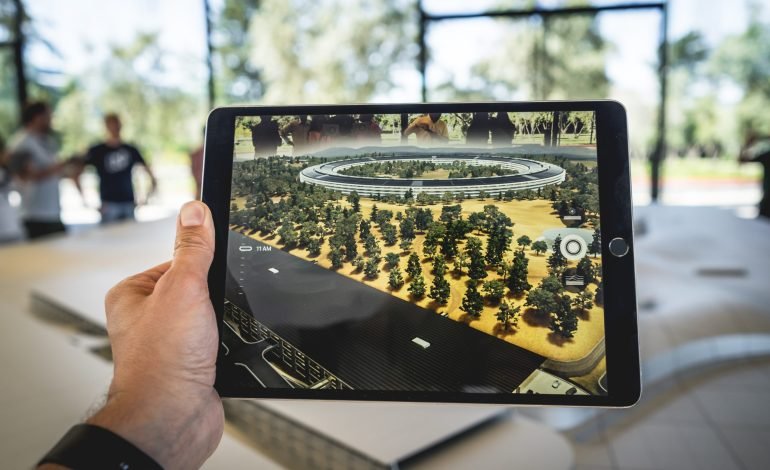Augmented Reality Advertisement – A Possible Future

Last week we had a couple of students visit us to finalize their dissertation which is based around augmented reality, cheers to Bradley, and Kieran for dropping by our office. One of the topics we discussed was how augmented reality will change advertising and will it change advertisement for the good.
I’m not convinced that advertisers fully understand the potential yet, but nether the less there are a few good examples of augmented reality campaigns that enable a user to interact with products before they commit to buying. Everything from trying on sunglasses, clothes, watches, or even seeing how furniture will fit in the home.
For a long time now we have heard about advertisers wanting to give us geo-targeted promotions, it is not a fantasy, there are many companies that offer Bluetooth Marketing solutions which have a proximity range of around 100m and can beam out offers to any mobile user foolish enough to leave Bluetooth enabled. You know the kind of thing where you are out shopping and your mobile receives special offers from stores as you walk past. If I’m out shopping, I could be tempted to receive targeted messages about that single specific item I am looking to buy. But if I am looking to buy a TV I don’t want my phone filled up with discount vouchers for pizzas, baby food, new suits, or teeth whiting products as I make my way to the electrical store.
With augmented reality companies are looking at how they can build targeted campaigns to get the best return on their investment, and this means understanding their customer. The technology already exists where digital signage is able to recognize if the person passing is a male or female, young or old, happy or sad, and then choose what advertisement it should display. Someone who is sad could be targeted with an advertisement for a holiday in the sun, whereas a young guy would see the latest pair of Adidas trainers. I have no problem with that, it’s an example of nonintrusive targeted marketing. But what happens when digital signage evolves to the point where it recognizes you and gives you a custom advertisement based on your buying habits, or worse yet your Google browsing history?
I have a supermarket loyalty card which we use every time we go shopping, occasionally when our discount vouchers arrive we’ll get offers for obscure products that have been recommended to us based on a single random purchase we made in the past. I think the last example was we had purchased something and shortly after discount vouchers arrived for male incontinence pads, no worries, no harm was done, the vouchers go in the bin.
Let’s jump forward now to a short time in the future when digital signage has evolved to the point where it can recognize individuals and offer you targeted advertisements based on your previous buying habits. Since digital signage is not private, anyone close by will see/hear your ‘targeted message’ (as well as their own), how do you feel about being offered incontinence pads while riding the escalator on the way to work?
Even further in the future when augmented reality glasses are commonplace, are we looking at a world where advertisers will combine augmented reality with the real world to such an extent that just by looking at a product will kick start an advertisement?





